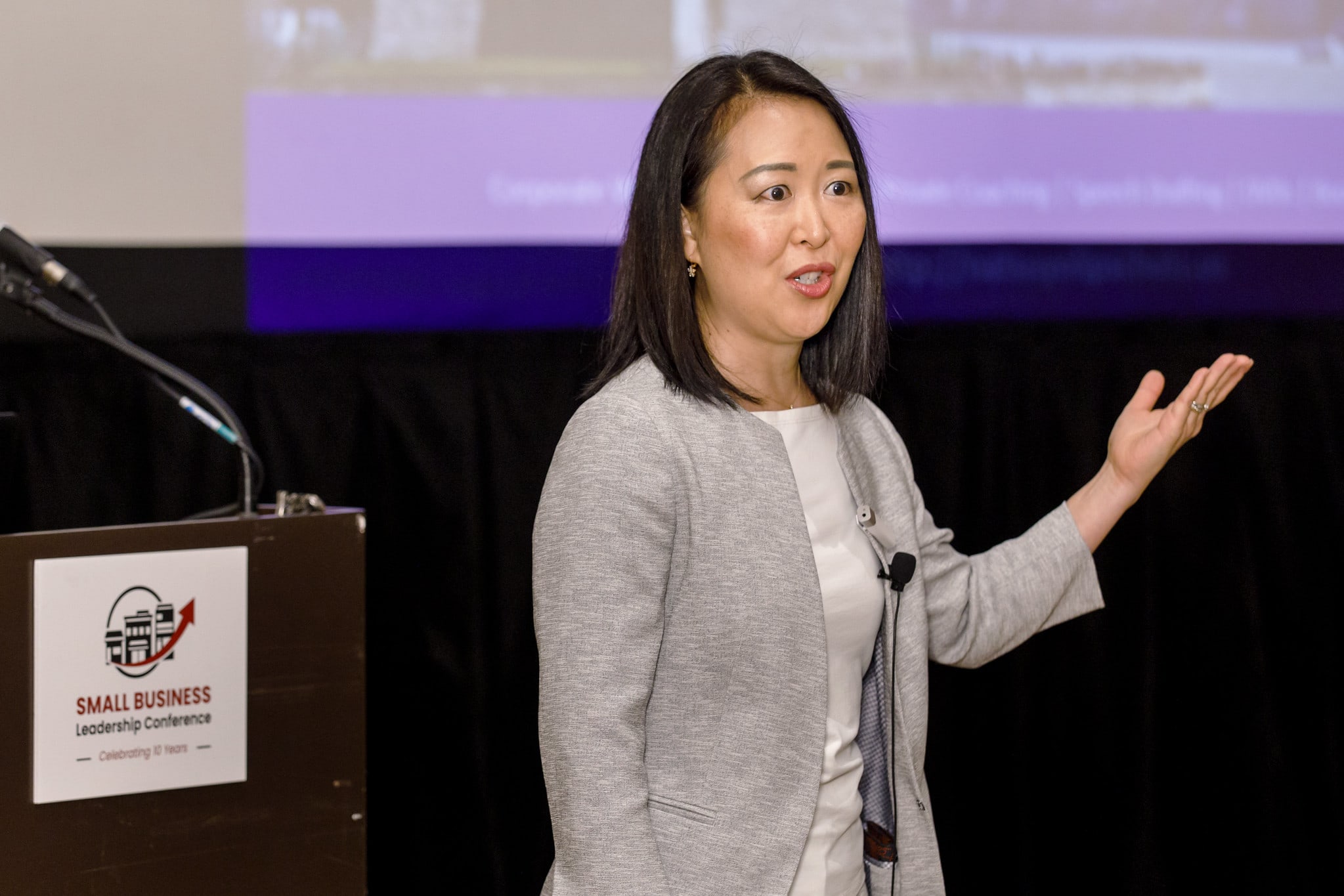
We all have the capacity and power to persuade someone. Very few people are naturally persuasive, but for most people, we have to work at our persuasion skills. There’s no magic involved, BUT… there is definitely a science to persuading an audience.
Learning how to utilize the science behind persuasion can help you become a better leader, a highly regarded influencer and a powerful public speaker.
First things first..
What is persuasion?
Persuasion is convincing others to change their point of view, agree to a commitment, purchase a product or service, or take a course of action. One of the first questions I ask when I help clients with their presentation coaching, is what do they want their audience to do, or think, after they’ve delivered their message? And this all comes down to what you’re persuading them to do.
My own experience and research has shown that there are 5 pillars behind the science of persuasion that dictate how your audience is going to react to your message:
- Reciprocity
In business, reciprocity is the human need and tendency to want to give something back when something is received. To use the principle of reciprocity to persuade others, we must first be clear about who our audience is, what exactly do they want and why we want to influence them.
Be the first to give your audience something and make sure that what you give is personalized and unexpected.
- Ethos
Establishing credibility with your audience before, during and after your presentation so that your audience learns to trust you. Ethos allows us to show your audience that you know what you’re talking about, you have the experience, knowledge and insight and be able to present your ideas credibly.
- Scarcity
The science behind scarcity is that people want more of the things they can have less of. Within your ONE BIG MESSAGE® you’ll need to point out what is unique about your proposition and what they stand to lose if they fail to act on it.
- Relatability
People buy from people. It’s a fact. Even in the world of digital marketing, we are more likely to buy from those we know, like and trust.
Even if you only have 20 minutes to persuade your audience, there are some simple non-verbal things you can do:
- Speak the same language as your audience so they’ll feel represented by you.
- Dress in a way that’s similar to your audience so they immediately recognise likeness.
- Imitate their body language.
- Authority
Your audience are more likely to follow the lead of someone who is an expert and has a track record in achieving what they too want to achieve.
Let’s say you want to run a marathon in under 3 hours. You listen to a speech delivered by a third time marathon winner, and they tell you about a program they followed. You’re more likely to hang on to their every word (and want to follow their program) because it’s what you want to achieve too. They’re also likely to be an authority in their field because of their past success and track record.
If you want to really get behind the science of persuasive speaking, I’ve created an online course “The Art of Persuasive Speaking in Global Business.”
It’s designed for both leaders and public speakers who want to make a real impact with their message and understand the techniques and strategies involved to influence and persuade an audience.


